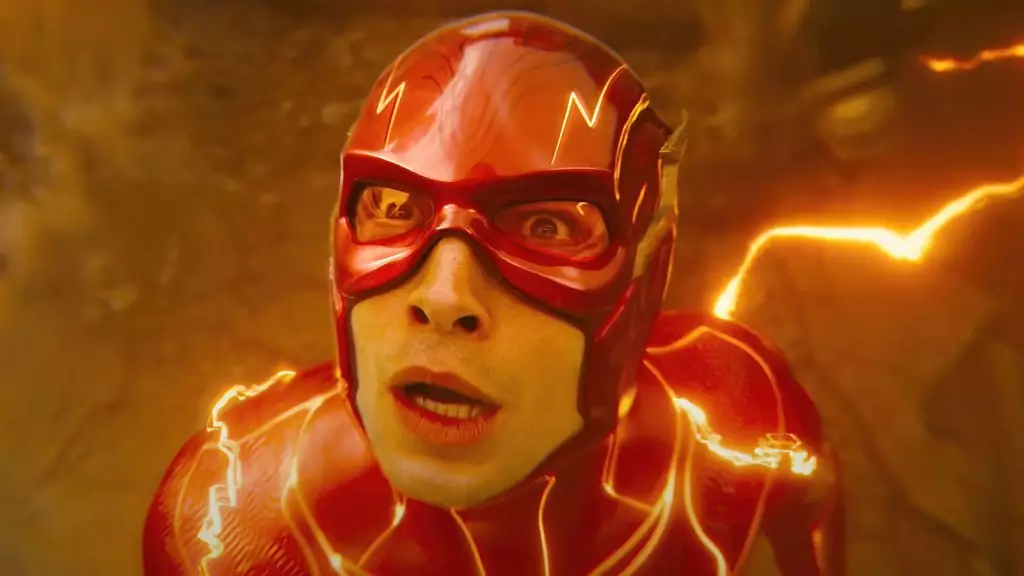Andy Muschietti’s recent reflections on the underperformance of “The Flash” provide a fascinating look into the complexities of creating a successful superhero film. While the film had a hefty budget of approximately $200 million, Muschietti points out that this financial investment comes with high expectations, particularly in attracting a broad audience. The notion that a blockbuster should resonate with all demographic quadrants—essentially different groups defined by age and gender—highlights a critical lesson for filmmakers: universal appeal remains paramount in this competitive landscape.
Muschietti’s insights reveal a pivotal challenge: the character of The Flash may lack the same widespread recognition and appeal as some of his Superhero counterparts. Data from Comscore PostTrak underscores this observation, indicating the audience was predominantly male, especially those over 25. In stark contrast, women were significantly underrepresented among ticket buyers, raising questions about the character’s connectivity with female audiences. This demographical disparity suggests that without universal appeal, even high-budget films can struggle to draw in various segments of the population.
The Impact of External Influences
An additional layer of complexity to “The Flash’s” underwhelming box office performance arises from the surrounding turmoil associated with its lead actor, Ezra Miller. Muschietti candidly addresses the negative impact that Miller’s PR crises had on the film’s visibility leading up to its release. In the world of cinema, external factors, often unforeseen, can dramatically affect a film’s commercial success. The controversy surrounding Miller not only diverted attention from the film but may have also deterred potential audiences who otherwise might have attended the premiere.
Despite these challenges, Muschietti maintains a positive outlook on the film itself, referring to it as his best work to date. This speaks volumes about his conviction as a director. However, it also presents a paradox; even a well-crafted film can fail if the conditions for its success are not favorable.
Looking to the Future
As the DC Universe undergoes a transformation under the guidance of James Gunn and Peter Safran, Muschietti finds a glimmer of hope for his future projects within this evolving landscape. His upcoming venture into directing “The Brave and the Bold,” a film featuring Batman and his son Damien Wayne, offers him a chance to forge new narratives that may resonate more effectively with diverse audiences. By pivoting towards characters and stories that potentially have a better chance of broad appeal, Muschietti can sidestep some pitfalls encountered with “The Flash.”
The failures associated with “The Flash” shed light on the intricate dynamics within the film industry. The need for universal appeal, external factors beyond a filmmaker’s control, and the importance of character recognition all play crucial roles in determining a film’s box office fate. As Muschietti prepares for his next chapter in the DC Universe, embracing these lessons will be vital in navigating the upcoming cinematic challenges. The saga of “The Flash” ultimately serves as a cautionary tale for future superhero projects.

Leave a Reply